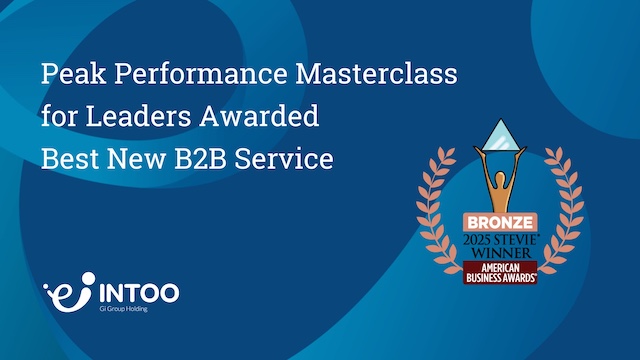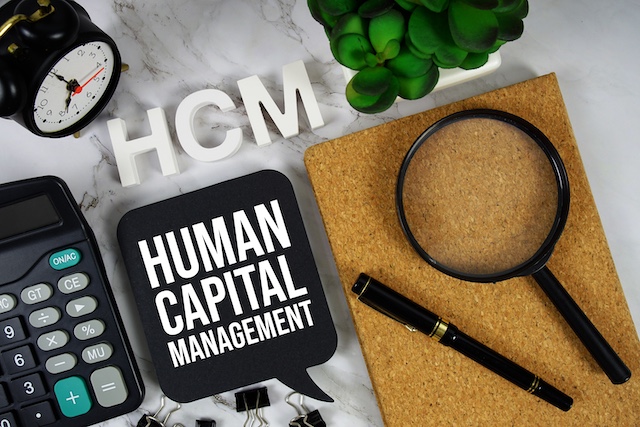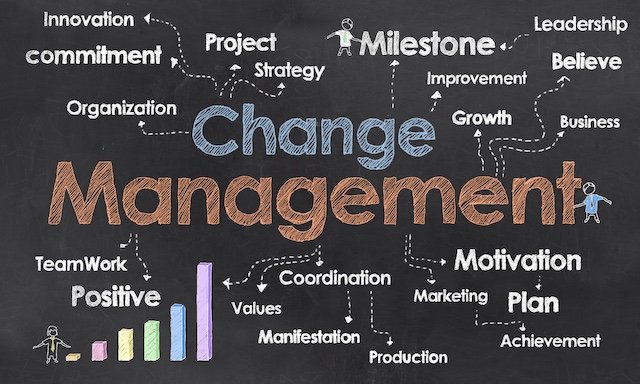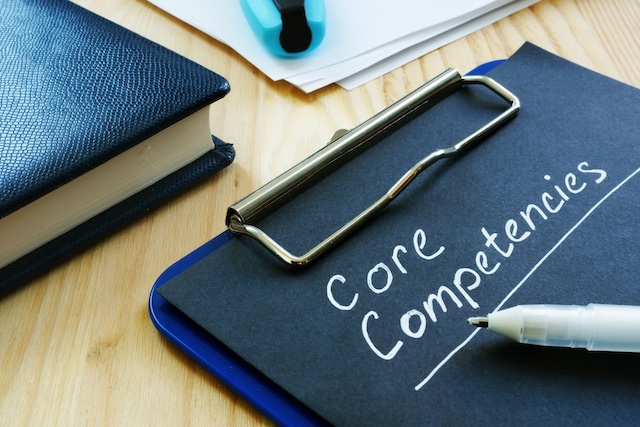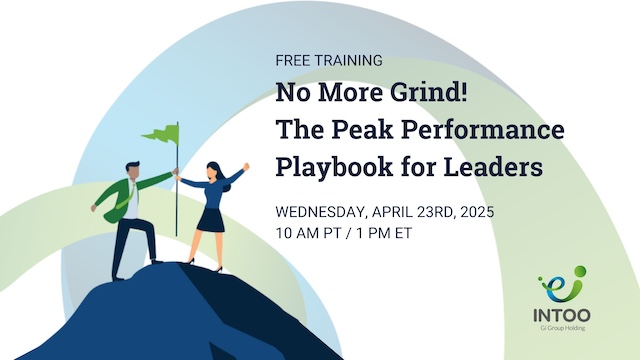Picture this: Your team is presenting their quarterly results, but your mind is elsewhere. While your team walks through the presentation deck, you only half-listen, nodding along absentmindedly.
Your lack of engagement doesn’t go unnoticed. Your team can tell you’re not fully present, making them feel unheard and unappreciated for their hard work. Their motivation and morale take a hit.
Now consider the alternative. You maintain eye contact with each speaker, positioning yourself to avoid distractions. You do not interrupt. Instead, you reflect on key points to ensure understanding. You ask clarifying questions when certain metrics or strategies need further explanation. As different team members speak, you notice their tone and body language, acknowledging the enthusiasm or apprehension behind their words.
“Active listening is a communication technique that involves fully concentrating on, engaging with, and seeking to understand the speaker’s message, feelings, and perspective.”
Your active listening creates an environment of trust, psychological safety, and empowerment. The team feels their input truly matters, and their efforts are recognized.
The importance of listening intently extends throughout the workplace. Honing your and your team members’ active listening skills strengthens conversations across the entire organization, empowering everyone to contribute their best and driving collective success.
How Is Active Listening Helpful?
Active listening is a powerful tool for everyone in the workplace to understand one another, address challenges effectively, tap into collective intelligence, and make decisions that align with the organization’s goals to drive positive outcomes.
By genuinely listening to each other, team members can gain deeper insights into their colleagues’ perspectives, ideas, concerns, and experiences, and provide valuable information and context that may not be readily apparent.
With active listening, individuals are more likely to identify potential issues or concerns early on before they escalate, allowing them to address problems proactively and in a timely manner. This approach can prevent bigger disruptions down the line, emphasizing the value of active listening skills.
Employees who feel heard are more engaged, committed, and willing to go the extra mile, leading to increased productivity and better results. Active listening strengthens relationships, builds trust, and improves customer experiences as client needs are genuinely understood.
Active Listening Example
During a new software product demo, the presenter notices confused looks from some attendees when explaining the core features. Instead of continuing, he pauses and asks if anyone needs clarification.
A few attendees nod, so the presenter rephrases the explanation using simpler language and analogies. He maintains eye contact and open body language.
After the revised walkthrough, the speaker asks an attendee to summarize the key points in their own words to verify understanding, and then he confirms the summary.
Throughout the demo, the presenter frequently checks for comprehension by asking questions like, “Does this make sense?” and “What are your thoughts on this?” He adjusted his language based on audience reactions.
By watching for nonverbal cues, encouraging questions, paraphrasing, and confirming understanding, the presenter keeps the audience engaged. Attendees feel comfortable seeking clarification and are left with a solid grasp of the product’s functionality.
Active Listening – Closing Thoughts
Active listening is an invaluable skill that can transform workplace dynamics and drive organizational success.
At INTOO, we recognize the pivotal role active listening plays in effective communication and career development. Our Effective Communication Strategies training program equips professionals with the tools to hone their active listening abilities and other vital communication skills. This and other training programs and workshops are part of INTOO’s range of career development offerings. Contact us to learn how we can help you develop your workforce.


